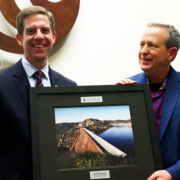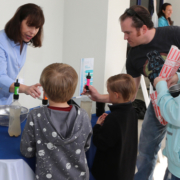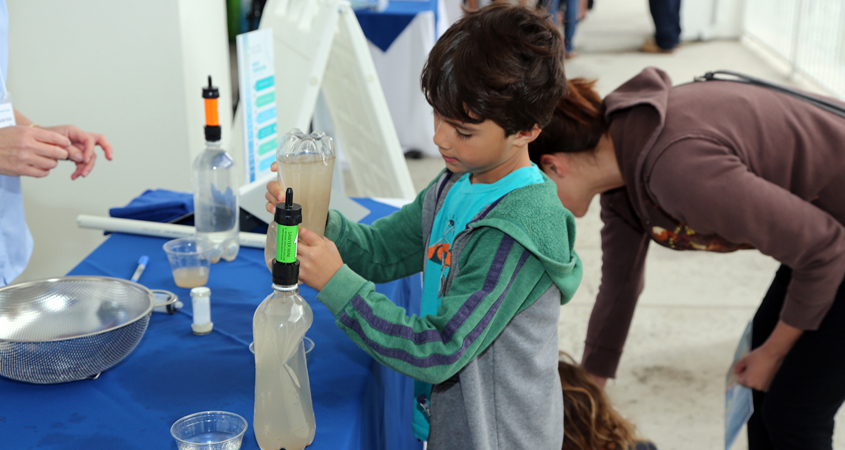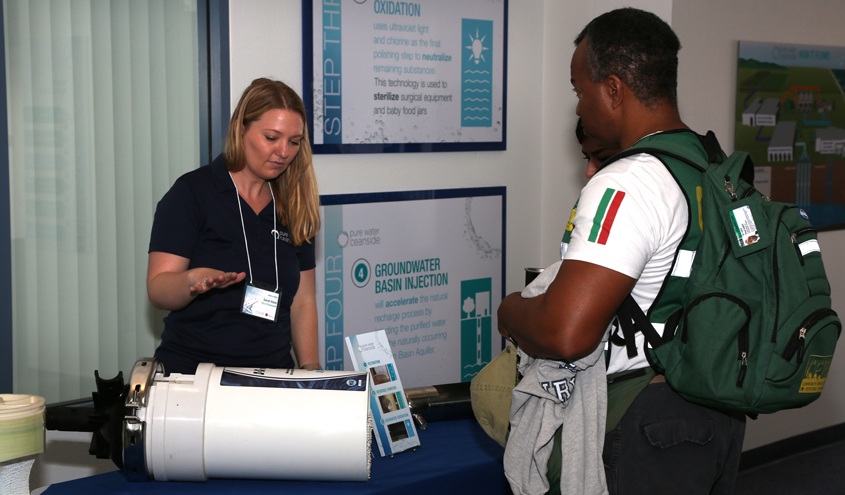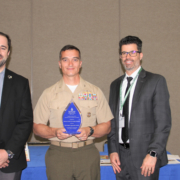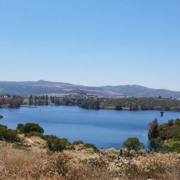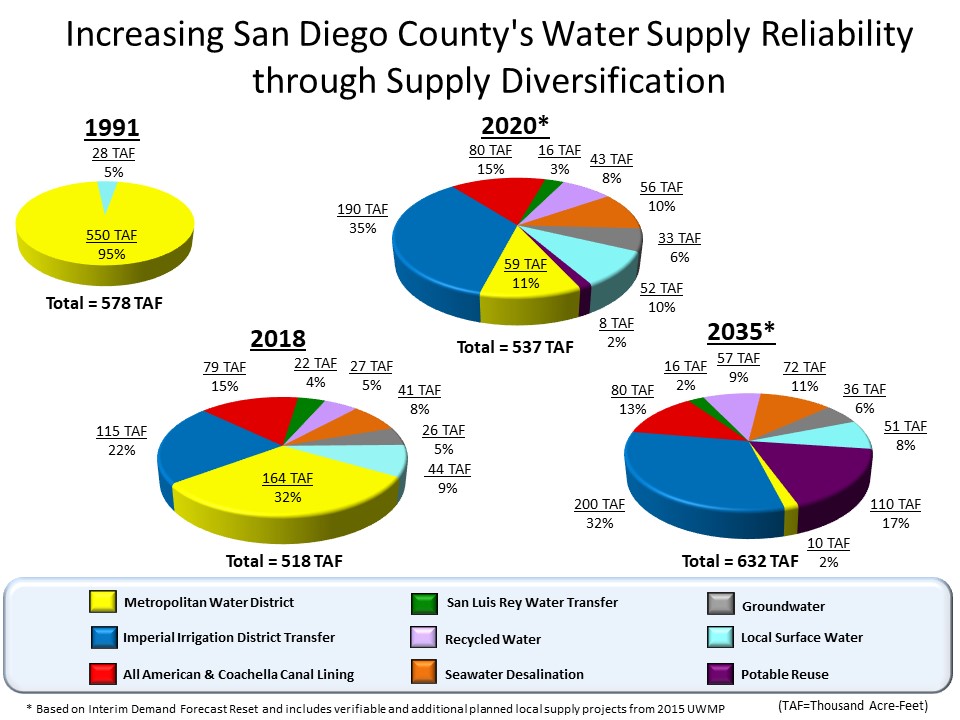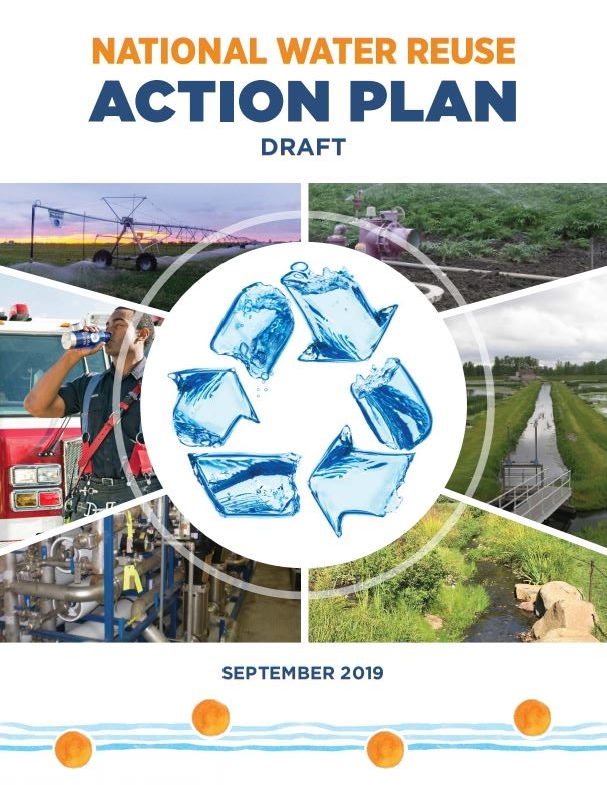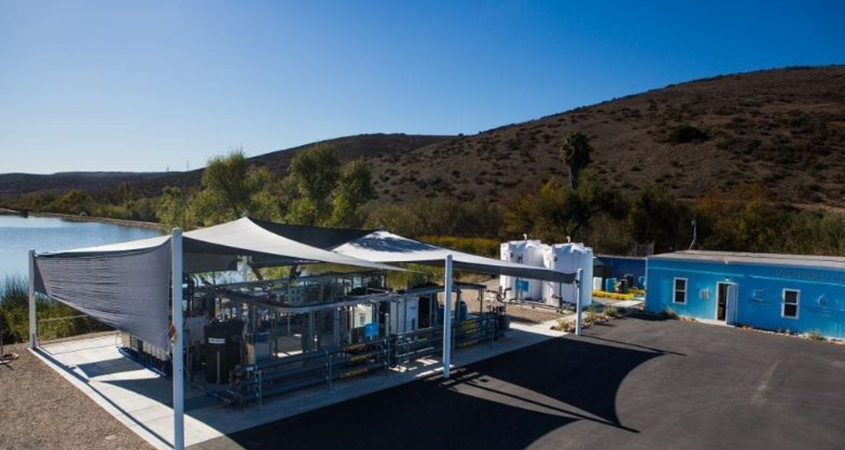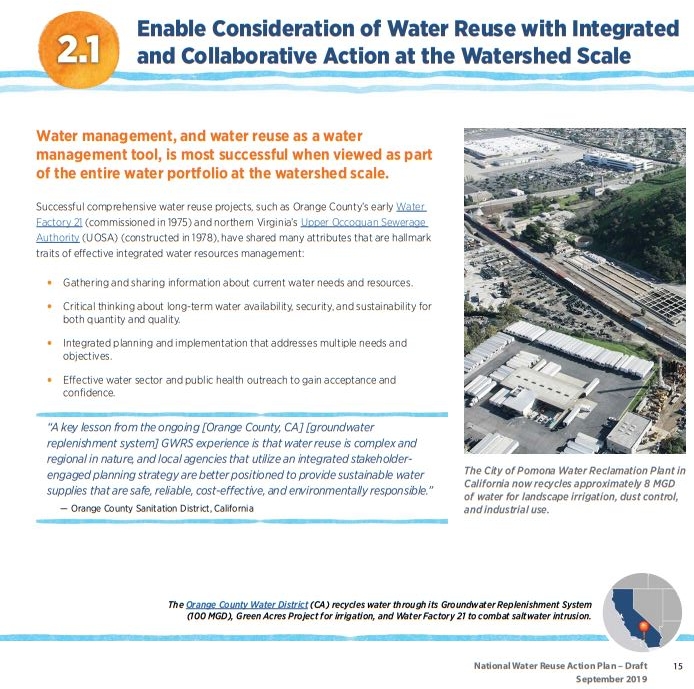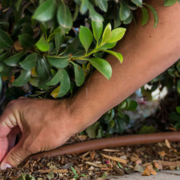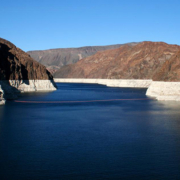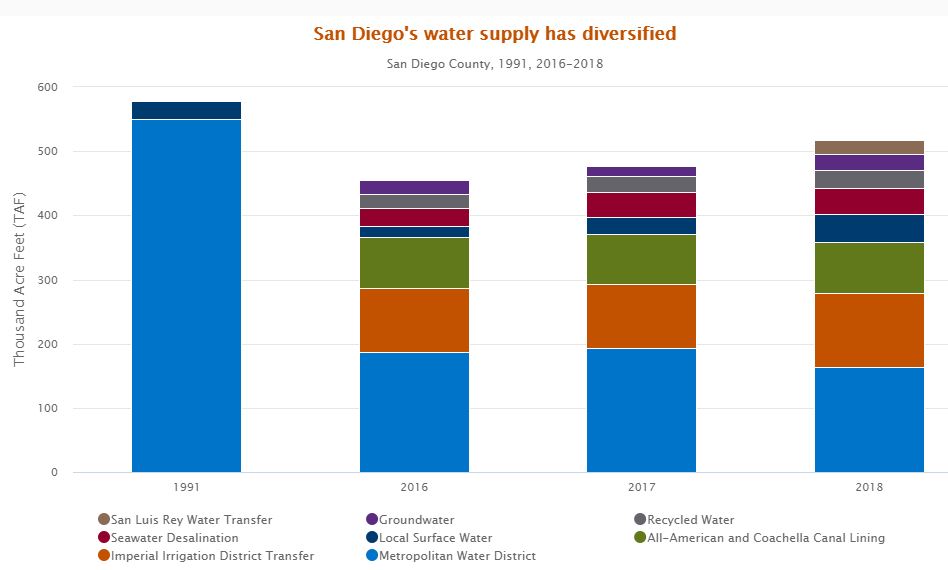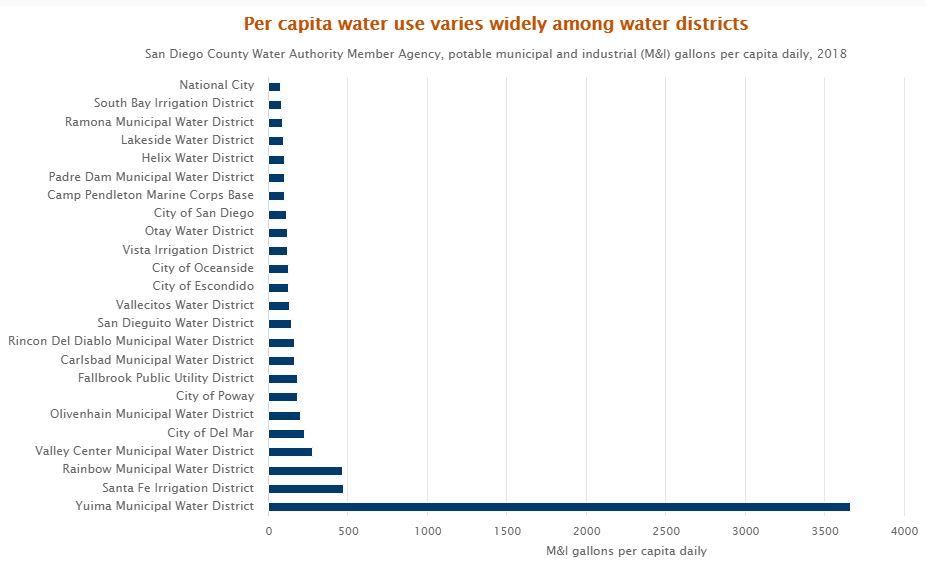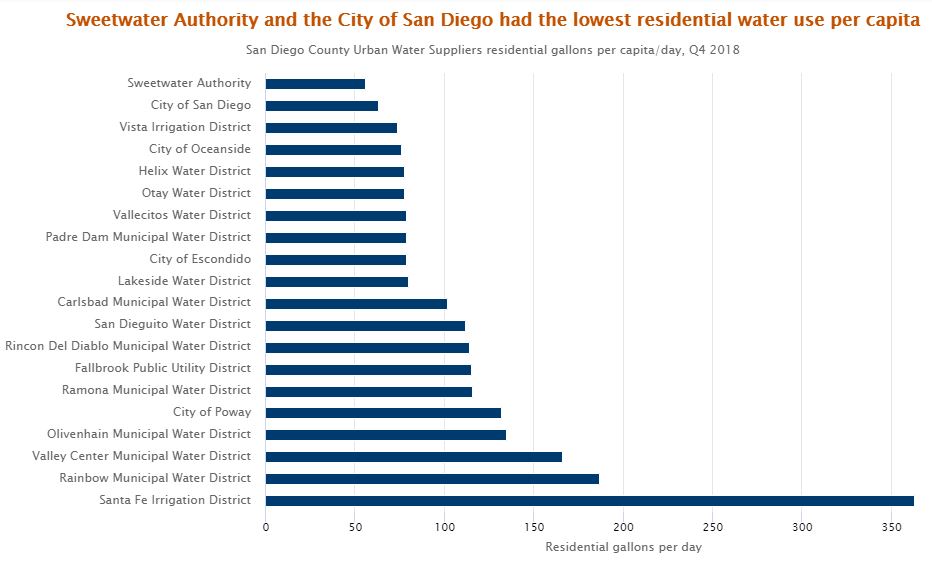The San Diego/Imperial Counties Chapter of the Public Relations Society of America recognized the San Diego County Water Authority and three regional member water agencies for exceptional work in public outreach and education efforts at its annual Bernays Awards ceremonies on Nov. 7.
The initiatives are designed to inform stakeholders and ratepayers about initiatives ensuring a safe and reliable water supply.
Water agency outreach and communication programs supporting the region’s projects using proven water purification technology to purify recycled water to create new local sources of high-quality drinking water won multiple honors.
The Water Authority’s informative “Brought To You By Water” video series, highlighting the importance of water reliability to the region’s economy, also won recognition.
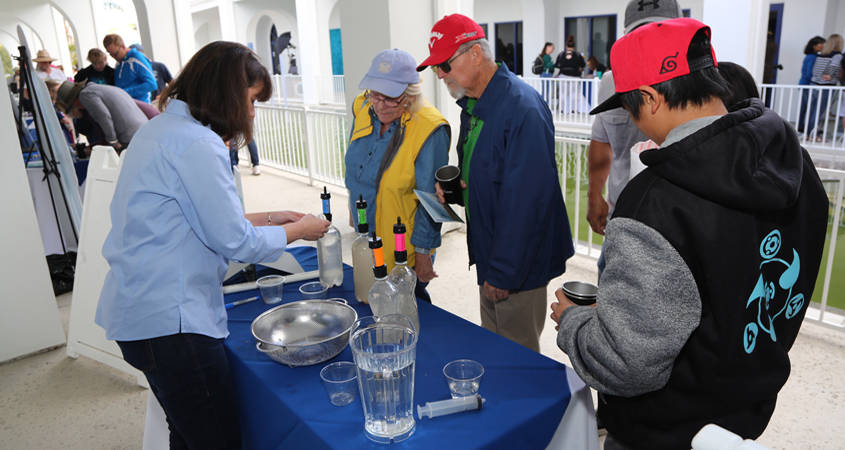
Visitors learn about the technology used to purify and recycle water at Pure Water Oceanside open house outreach events. Photo: City of Oceanside
The City of Oceanside won in three categories for Pure Water Oceanside:
Bronze Award of Excellence, Research/Evaluation
“Research Makes a Difference.” Pure Water Oceanside, City of Oceanside, and NV5 Inc.
Bronze Award of Excellence, Community Relations, Nonprofit/Government/Association
Pure Water Oceanside, City of Oceanside, and NV5 Inc.
Silver Award of Merit, Events, and Observances (7 days or fewer, Nonprofit/Government/Association)
“Pure Water Oceanside – World of Water,” City of Oceanside and NV5 Inc.
“Providing our water customers with quality and creative communications is a cornerstone of our transparency efforts,” said Cari Dale, water utilities director for the City of Oceanside. “By being recognized by PRSA for our passion, creativity and innovative methods to communicate about Pure Water Oceanside – a program that will provide a new, local source of high-quality drinking water as soon as 2021 – our public outreach work is validated in bringing such an important and beneficial project to Oceanside.”
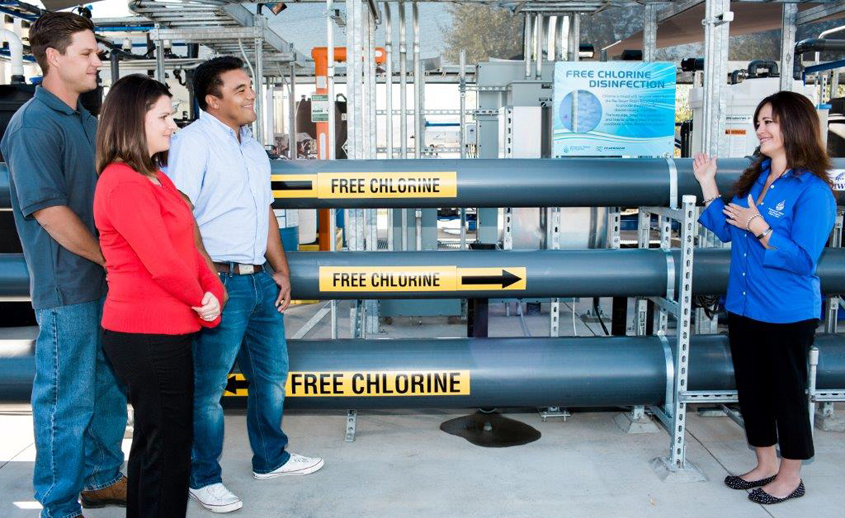 Visitors to the East County Water Festival on Sept. 8 tour the East County Advanced Water Purification Demonstration Facility. Photo: Courtesy Padre Dam MWD
Visitors to the East County Water Festival on Sept. 8 tour the East County Advanced Water Purification Demonstration Facility. Photo: Courtesy Padre Dam MWD
The East County Advanced Water Purification Program, which includes the Padre Dam Municipal Water District, City of El Cajon, County of San Diego, won with NV5 in two categories for its East County Water Festival. It received an Award of Excellence in the Creative Tactics category and was also named a “Best of Show” winner among all Bronze entries.
“As a public entity of the communities we serve, it is imperative that we communicate effectively the benefit and need of key water projects,” said Melissa McChesney, communications manager for the Padre Dam Municipal Water District. “Our outreach team has done an outstanding job sharing with our communities the importance of the East County Advanced Water Purification Project. I am thrilled to see this essential work recognized by PRSA.”
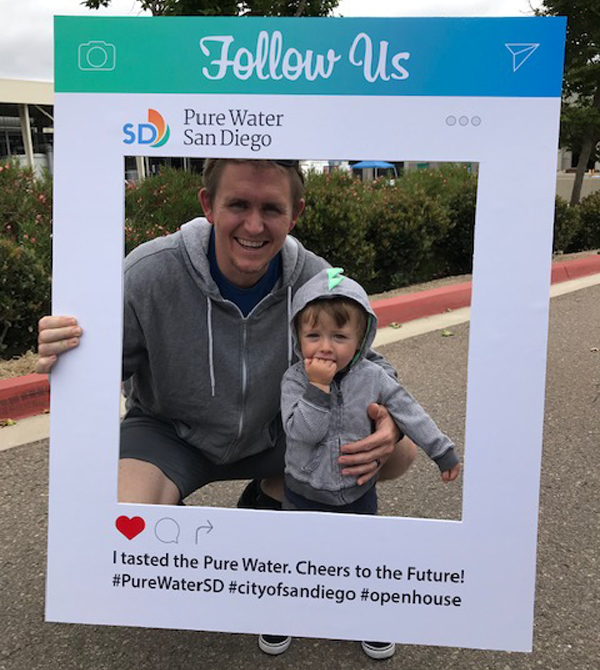
Attendees enjoyed a variety of family-friendly activities at the third annual Pure Water Day. Photo: City of San Diego
The City of San Diego won a Bronze Award of Excellence for its Community Outreach in the Nonprofit/Government/Association category for its work on behalf of Pure Water San Diego’s Phase 1.
“The City of San Diego and Katz & Associates were pleased to have Pure Water San Diego’s community outreach efforts recognized by PRSA,” said Amy Dorman, deputy director, Pure Water Operations. “The Pure Water San Diego team formed community-specific working groups to gather informed feedback on how to avoid or minimize construction impacts from future Pure Water pipelines.”
The Water Authority’s regional outreach and education program, “Brought to You by Water,” was recognized with several awards.
The B2UbyH2O program was designed to expand Water Authority relationships and help stakeholders across the region recognize the critical value of safe and reliable water supplies for our economy and quality of life.
The program won Bronze Bernays Awards in the Video/Video Program and Creative Tactics categories for a series of videos featuring local leaders discussing the importance of water to their business or industry.
The series also won Silver Bernays awards in the Public Service category and the Reputation/Brand Management category.
Denise Vedder, director of the Water Authority Public Outreach and Conservation Department, was honored as the Public Relations Professional of the Year for the PRSA San Diego/Imperial Counties chapter. The honor is presented each year to a public relations practitioner who shows dedication to bettering the public relations field through innovative thinking and successful planning.
Past winners include Diana Lucero, director of marketing and public relations, San Diego County Regional Airport Authority and Chris Wahl, president, Southwest Strategies.



 Visitors to the East County Water Festival on Sept. 8 tour the East County Advanced Water Purification Demonstration Facility. Photo: Courtesy Padre Dam MWD
Visitors to the East County Water Festival on Sept. 8 tour the East County Advanced Water Purification Demonstration Facility. Photo: Courtesy Padre Dam MWD
